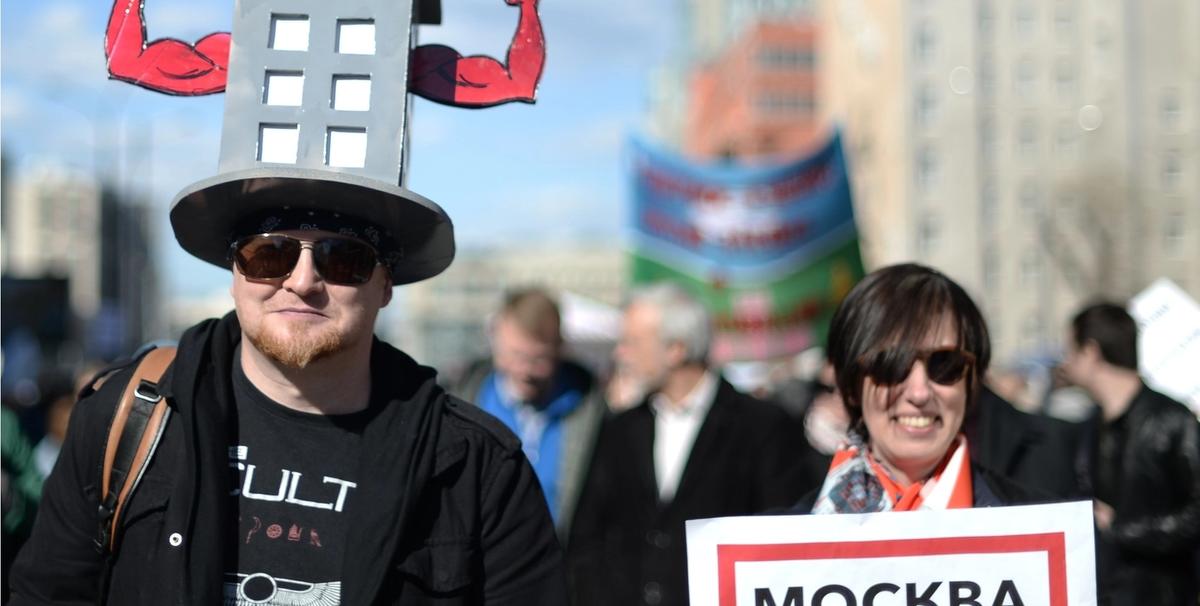An interactive map of the former Soviet Union’s Constructivist architectural heritage went online just days before the city of Moscow published a list of 4,500 apartment buildings proposed for demolition as part of a plan to relocate up to 1.6 million residents. Describe by many residents as a property grab akin to the forced collectivisation of property under Soviet dictator Joseph Stalin, the demolition plan has proven so unpopular that thousands turned up for a demonstration against it in Moscow on Sunday 14 May carrying signs with slogans like “My house is my castle”.
The plan has also alarmed preservationists. Initially described as an effort to upgrade residents from pre-fabricated mass housing built under Soviet leader Nikita Khrushchev, the architectural targets have broadened and fears are mounting that it has become a carte-blanche for developers to destroy any building that stands in their way.
Among the buildings considered most at risk are Constructivist complexes built in the early Soviet years and still used as residential housing. Preservationists had already been fighting the city for years to save them before Mayor Sergei Sobyanin announced the estimated 3.5 trillion ruble housing plan, dubbed “renovatsiya”, earlier this year.
Earlier this month, after the demolition list was published, Aleksei Yemelianov, director of the the Moscow city government’s Department of Cultural Heritage, promised that the main Constructivist housing complexes, including Dubrovka and Usachevka, would not be touched, and declared them to be “fascinating cultural sites”.
The Pogodinskaya complex near Usachevka was torn down last year, however, and several Constructivist buildings on Ulitsa Malaya Tulskaya are now on the proposed demolition list. Residents of buildings on the list now have the chance to vote on the plan, but critics say the vote is set up to favour demolition.
One effort to catalogue, promote and save this radical architecture is the Constructivist Project site, which recently collaborated with London’s Blue Crow Media to publish the Constructivist Moscow Map. The site’s creator, Natalia Melikova, described the guide as “a way to unite forces”.
But Constructivist architecture still faces many hurdles, Melikova adds. “Russian avant-garde architecture has always received more attention from the West,” she says. “Unfortunately, despite this uptick in events, discussions, and exhibitions on Russian avant-garde architecture, the buildings themselves are very vulnerable to demolition. Constructivist heritage is still not popular among government officials—exactly the people who decide the fate of the buildings… It's one thing to like the aesthetics of Russian avant-garde design, but another to actually invest and take care of the buildings.”


